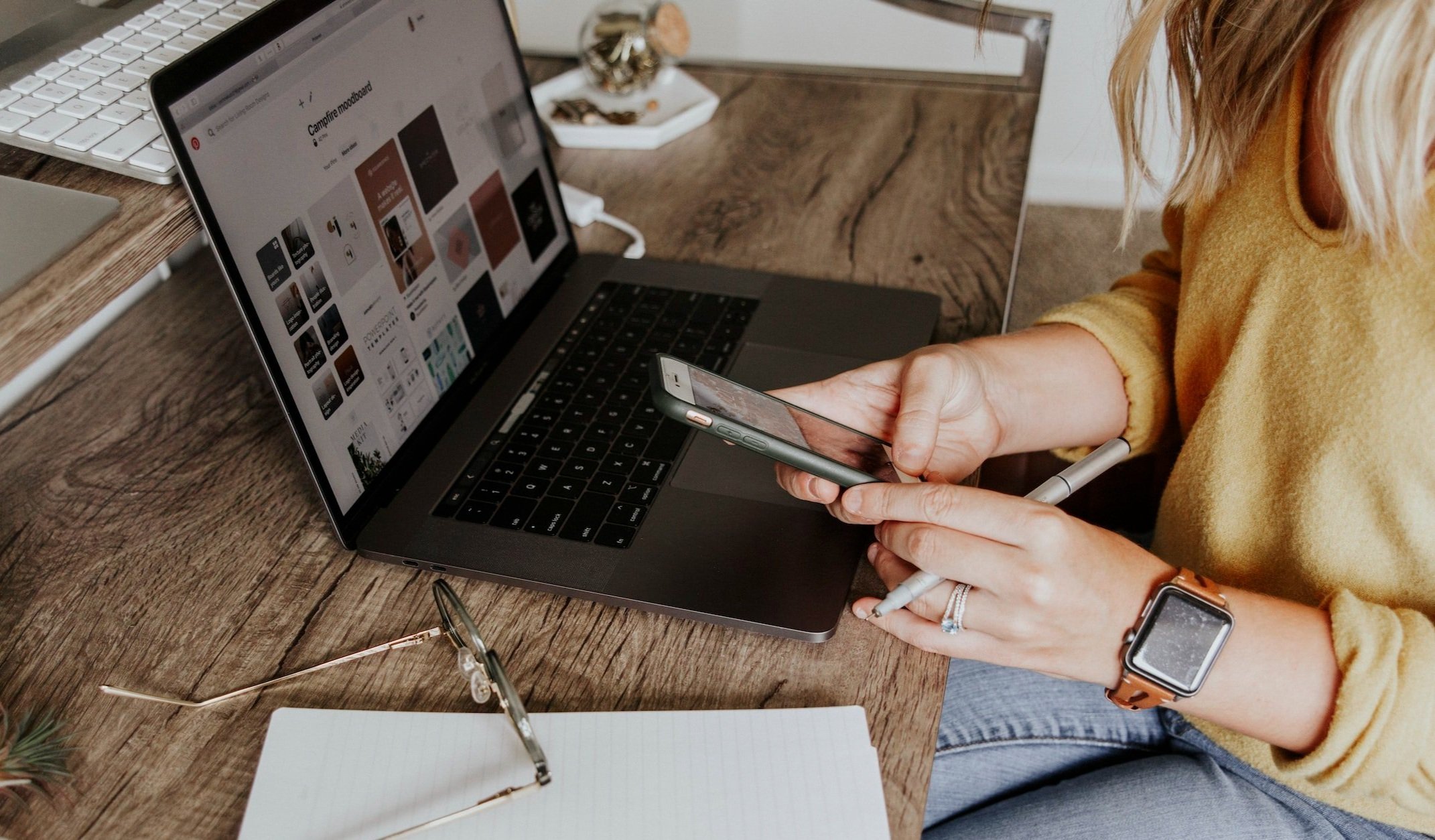How to Choose Stock Photos for Your Counseling Website
Of all the design elements, photography is the most accessible and can have the greatest impact on your website design!
Bonus: Photos can also be good for search engine optimization (SEO).
But there are SO MANY to choose from. It’s easy to get lost endlessly scrolling. How do you pick the right ones? I’m here to help!
7 therapy website stock photo “do’s”
Use images that are optimized for the web. They should be crisp and clear at any screen size and not take a long time to load.
Steer clear of overused imagery (ahem, I’m looking at you, stack of rocks).
Use photos that communicate something (if it’s just pretty, maybe reconsider it).
Use photos of human beings.
Make sure those human beings look how you want clients to feel after working with you (aka, not angry or sad).
Find images that look natural rather than posed.
Think of your website like a book and check to see that all feel like they could be part of the same story (meaning they shouldn’t be totally random).
How to use stock photos on your therapy website
Images that are optimized for web
Make sure the photos are high-resolution. If you get them from any of the sites I mentioned in this post they will be.
Make sure the file is not too big! In general, you want your images to be under 500MB. Bigger than that can cause slow loading time. Slow page loading hurts SEO rankings (not to mention that it creates a bad user experience).
People will bounce from your site if the content takes more than 2 seconds to load!
If you have the option to download something “web-size,” do that. On Pexels and Unsplash, I make sure to choose the medium photo size, and it’s usually perfect (see below). In Squarespace, 1500px by 2000px (less) tends to be a good ratio.
Have images that you need to resize?
No problem! I recommend using Pixresize by Squarestylist because it’s simple to use and it won’t overcompress your images and make them grainy (like some of the free image compressor sites out there do). They also do not have ads splashed all over the page and they don’t harvest any of your data!
Steer clear of overused imagery
If you want clients to choose you, it’s best to use imagery that they won’t find on every other site.
Images don’t have to be literal. You’re better off using a photo to evoke a feeling (inspired, curious, joyful, renewed, light, hopeful) than something on-the-nose.
Think about what imagery resonates with your ideal client more than simply what you like.
Use photos that communicate something
Photos should reinforce how you want people to feel after working with you OR how you want them to feel when they think about working with you. They can communicate an understanding of your client’s experience, hopes, dreams, and goals. They can communicate something about you as a therapist and the space you create.
One tip is to think about what is written in that section and then use the image to reinforce or complement that (this is why it’s good to have the first draft of your writing done before you start designing, so you have an outline of what will go in each section). Again it doesn’t have to be literal!
Use photos with actual humans in them!!
People are more drawn to photos with real humans in them. It provides a focal point and emotional resonance.
Not every photo needs to have a face. It could also be a hand or a foot or the back of someone’s head looking out, or a silhouette…not every photo must have a human element but strive for a higher human-to-non-human ratio.
Take a look at the photos below. They are both beautiful. Which one tells a story? Where is your eye drawn first? Which evokes more emotion? Which emotions?
All your photos should be about the “after,” not the “before.”
Simply put, if you use photos of sad or angry people, you risk repelling your viewer and/or having them associate that image with working with you.
Find images that look natural rather than posed.
Consumers these days are repelled by corniness and inauthenticity. Look for images that have a more candid feel or something that is emotionally compelling or evocative.
For an example, look at the two photos below. The first one, to me, screams, “we are at a photoshoot!” while the second one seems to capture a spontaneous moment. You can sense the connection between the two even though it’s not perfectly posed. It tells a story.
Make your photos cohesive throughout the whole website by sticking with a theme.
But don’t hammer people over the head with it, either.
Maybe you want to have an ocean-themed website. So, sure, have some people on a beach. But also, you can think of other things in the orbit of the beach so that you don’t have variations of the same photos over and over. Sand, beach glass, driftwood, sunlight, waves, boats, lighthouses, beach stairs/paths, dunes etc. (can you tell I’ve been asked to make many ocean-themed websites? 😂)
The theme could also be a certain color or texture or the overall lighting of the images (aka, is it warm light or cool light?). It could also be a mood. One website I designed for a sex therapist wanted an overall theme of sensory, sensual, and tactile, which makes a ton of sense for what she does!











